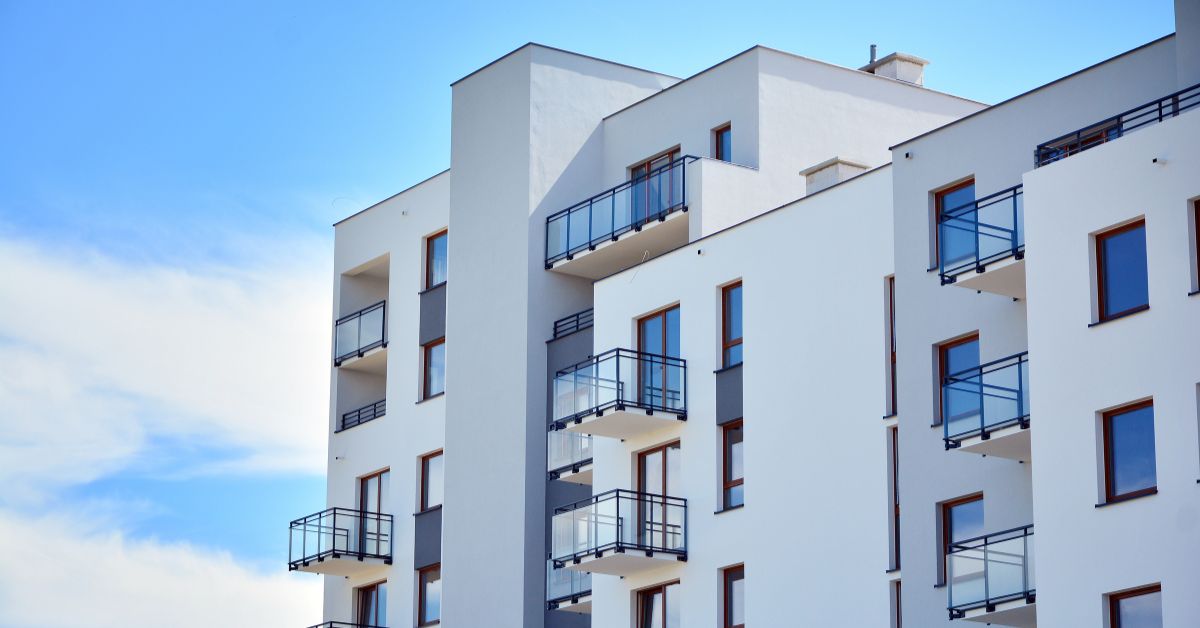Introduction to the Construction Revolution: Dry Construction and Off-Site Technologies
The construction industry is undergoing a profound transformation, driven by the adoption of innovative methods such as dry construction and off-site technologies. These practices not only accelerate construction processes but also promote sustainability and energy efficiency. Let's find out together how they are redefining the approach to constructing modern buildings.
The Benefits of Modern Construction Methods
Modern construction methods (MCM) represent a revolution in the construction industry, offering solutions that improve efficiency and reduce environmental impact. These benefits include:
- Reducing Construction Times: Prefabricating components in controlled environments means that MCM significantly accelerate construction cycles, thus allowing rapid project delivery.
- Improved Quality: The controlled prefabrication environment ensures precision and construction quality, thus reducing the risk of errors and defects.
- Sustainability: Lower material waste and increased energy efficiency of buildings constructed with MCM help minimise environmental impact.
- Predictable Costs: With fewer variables in play, project costs are easier to manage and predict, contributing to better financial planning.
Off-Site Technologies and Plug &Play Facade Systems
Off-site technologies are at the heart of innovation in construction, where they allow building components to be manufactured and assembled away from the construction site. This approach is complemented excellently by plug & play facade systems, which offer the following benefits:
- Quick and Easy Installation: Plug & play facade systems are designed to be installed quickly, further reducing construction times.
- Optimal Energy Performance: These systems contribute significantly to thermally and acoustically insulating buildings, improving living comfort and optimising energy consumption.
- Aesthetic Versatility: They offer a wide range of finishes and materials, allowing great design and aesthetic freedom.
The Future of Construction with Off-Site Technologies
Off-site construction is emerging as the mainstay for a sustainable and efficient future in the construction industry. This approach not only responds to the need for speed and quality, but also provides a solution to the global challenges of climate change and growing urbanisation.
Off-site construction is on the cusp of a significant transformation, driven by advancing digital technologies and new market demands. Integrating these technologies with off-site construction methods presents a unique opportunity to address some of the most pressing challenges in the construction industry, including the need to reduce costs, construction times and environmental impact, while improving construction quality and safety.
Digital Innovations in Off-Site Construction
Systematically reviewing digital technologies in off-site construction highlights a wide range of potentially usable innovative technologies, such as building information modelling (BIM), radio frequency identification devices (RFID), global positioning systems (GPS) the Internet of Things (IoT), geographic information systems (GIS), sensors, augmented reality (AR), virtual reality (VR), photogrammetry, laser scanning, artificial intelligence (AI), 3D printing, robotics, big data and blockchains. These technologies offer a number of benefits, including optimised workflows, increased productivity and safety, and lower material waste.
The Future of Off-Site Construction
The adoption of off-site construction is gaining ground worldwide, with the promise of revolutionising the way buildings are designed, constructed and delivered. Prefabrication, or off-site construction, allows different parts of a building to be created in a factory before assembling them on the actual construction site, which offers numerous advantages, including shorter construction times, lower costs, higher quality and less environmental impact.
A report by the Boston Consulting Group highlights how off-site construction is finally gaining traction, as is being adopted for projects as diverse as luxury condominiums, hotels and airport terminals, due to its disruptive potential. Companies in the industry are beginning to realise the benefits of this methodology, which include construction times reduced by more than a third and on-time delivery rates approaching 100% for leading-edge builders.
At the same time, the importance of digitisation for the future of off-site construction is becoming clear. The industry is witnessing a growing interest in alternative construction methods, as shown by the emergence of new off-site construction companies, including 3D printing services such as Mighty Buildings. These developments suggest a potential paradigm shift in the sector, with a renewed focus on off-site production as a solution to the shortage of affordable housing and the need for more sustainable construction methods.
In conclusion, integrating digital technologies into off-site construction represents a milestone for the industry, promising to effectively address current and future challenges. The continued evolution of off-site construction technologies and practices, together with wider adoption of these innovative methods, will lead the way to a more sustainable, efficient and resilient future in construction.
The Future of Sustainable Construction: The StepUp Project with Isopan
Thanks to the collaboration between Isopan and other technological and research partners, the StepUp project is emerging as a milestone in the panorama of sustainable and innovative construction. This pioneering project focuses on developing plug & play facade systems that promise to revolutionise the approach to building construction and design, with a focus on sustainability, energy efficiency and occupant well-being.
Plug & Play Facade Innovation
The plug & play facades developed within the StepUp project represent a technological breakthrough in the off-site construction sector. These easy-to-install modular systems significantly reduce construction time and offer improved energy performance. Their innovative design mean that the facades can be integrated easily with various construction elements, such as windows, shutters, and potentially others to ensure optimal thermal continuity and reduce thermal bridges.
Sustainability and Energy Efficiency
One of the main aims of the StepUp project is to promote sustainability in the construction sector by redeveloping existing buildings, and consequently reducing energy demand from the European building stock and achieving the EU's 2050 decarbonisation targets. Isopan's plug & play facades are designed to maximise the energy efficiency of buildings, thus contributing significantly to reducing energy consumption and CO2 emissions. This results in buildings that are healthier and more comfortable for the occupants while reducing environmental impact.
Collaboration and Innovation
The success of the StepUp project is the result of a multidisciplinary collaboration between leading companies, research centres and universities. This collaborative approach has made it possible to combine technical, innovative and research expertise to develop solutions that meet contemporary sustainable construction challenges. The synergy between the various partners facilitated an exchange of expertise and accelerated the innovation process, leading to the creation of prototypes and their implementation in pilot projects.
Impact on the Construction Sector
With its focus on plug & play facades, the StepUp project stands as a model for the off-site construction industry, demonstrating how technological innovation can help solve some of the industry's major challenges, such as the need to reduce construction times, improve energy efficiency and reduce environmental impact. Through its implementation, the project aims to stimulate a paradigm shift in the industry by promoting adoption of more sustainable and innovative construction solutions on a large scale.
In conclusion, the StepUp project with Isopan is an excellent example of how off-site technologies and innovative solutions can not only meet the current needs of the construction market, but also lead the industry towards a more sustainable and efficient future. With its emphasis on sustainability, innovation and collaboration, StepUp marks an important step forward in creating buildings that respect the environment and offer optimal living conditions.


